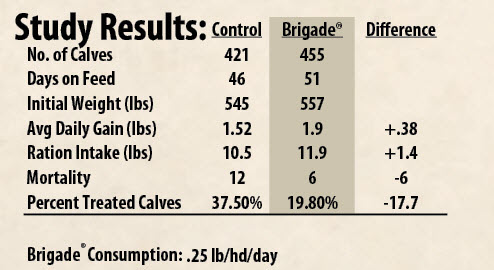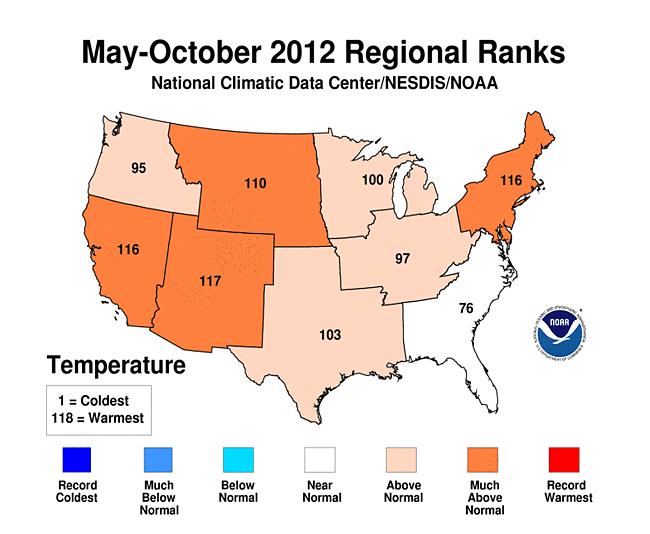As we are nearing the end of the 2013 calendar year, it is nice to reflect on how good the year has been to the Beef Cow-calf and Stocker industry. Weather conditions have started to return to more normal moisture patterns and are replenishing grazed forage supplies across the country with a few scattered exceptions. The other unfortunate weather event is the untimely early winter storm, Atlas that resulted in large cattle losses primarily in Western SD. Cattle producers and the Beef industry in general has responded quickly in establishing relief funds to help get those hardest hit, back up and going again.
Numbers change every day
This last week, the DOW Jones Industrial passed 16,000. That is up almost 150% since March of 2009. If you do not watch it almost every day, you could miss it buy 500 points or more. Some numbers change fast. When I bought my first pickup in the late 70’s, you changed oil every 3,000 miles. Today, some vehicles using synthetic oil, can go 7,500 to 15,000 miles between oil changes. Some numbers change slowly. Still, even though I know I can go 7,500 miles, it’s hard for me to exceed 5,000 miles on an oil change. If I change my oil every 7,500 miles instead of 5,000, I will only pay for 2/3 as many oil changes for the life of the vehicle. I really need to pay attention to the new numbers, and get comfortable with them, and the new numbers that come out 2-3 years from now, and the new numbers 2-3 years after that, etc.
Heifers: Your most important resource
The cattle industry is slowly entering a rebuilding phase. Recent market reports are showing that fewer heifers are going into feedlots. Pastures are improving across the Great Plains as the drought slowly recedes; South Dakota producers are planning their come back from the devastating fall snowstorm Atlas; and now is the time for all cow-calf producers to maximize replacement heifer performance by monitoring body condition score.
Weaning time is a time for getting calves started off right
Everyone loves calving in the Spring and watching newborn calves bouncing around the pastures. It provides a sense of new beginnings for that particular calf crop with great expectations of how they will perform over the summer grazing season. I would argue that weaning is as important, or even more critical as a period of new beginnings for the calf crop. Calves must now perform on their own without any assistance from their mother. From a cow-calf producers stand point with all that has been invested up to this point, you will want to make sure calves are able to transition to stockers, feeders, replacement heifers or young bulls without any set-backs in growth or compromised health status. After all, for most producers, pay day is just around the corner.
Can you hedge against sickness in weaned calves?
I heard an interesting statement at a meeting I attended last week, on the subject of animal health with incoming calves in a feedlot. That being “sickness is the only variable you cannot hedge with weaned calves”. This is very true, for a number of reasons. You do not always know the previous nutritional and health programs of newly arrived calves. Add to that, you do not always know which days of the week would be best to receive calves, as the weather is unpredictable. Many feedlots would not schedule shipments or arrivals based on weather forecasts anyway. The health of weaned calves will always be a bit of a gamble when you buy unknown calves. Many feedlots prefer to buy calves from past customers for this reason – they know how they performed the year(s) before, and would likely expect similar performance this year. A small percentage of the cows may have been replaced and the same can be said for the bulls, but the majority of the genetics are the same, and you could expect the same from their nutrition and health programs.
Changing of the seasons Part 2: Preparing for summer heat stress for beef cattle
My last blog dealt with heat stress and dairy cattle. Heat stress will impact the beef cow and growing cattle. The most obvious negative impact is when 1000 pound fat cattle start dropping in the feed lot. However, reproductive and immune function will be can be diminished due to heat stress. Now is the time to prepare for management and nutrition changes that will help our beef cattle handle the heat.
Beef production and technology
Technology is everywhere. Our homes are wireless, tractors all but drive themselves, and you can even get reminders on your phone to put out fresh barrels. As much as technology is readily accepted in other areas of everyday life, there is hesitation when it comes to technology and food production. Public concern over the use of feed additives in food animals is high with those outside the ag community. However, what would happen if the growth enhancing technology (GET) we take for granted in cattle production (ionophores, implants, etc.) where no longer available?


